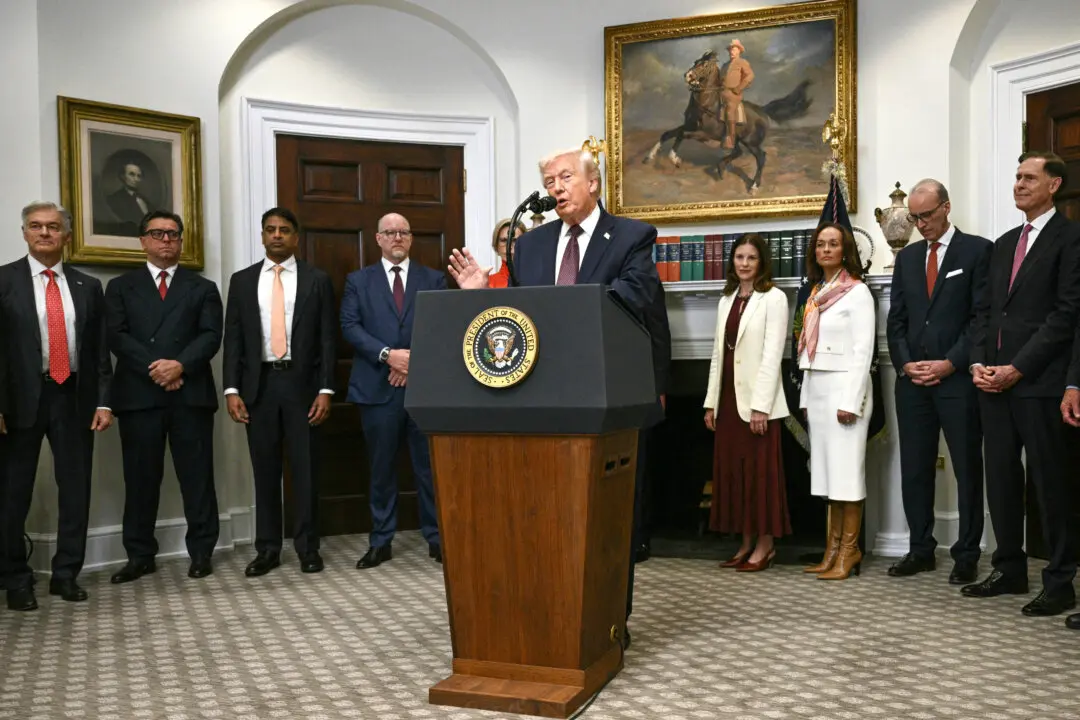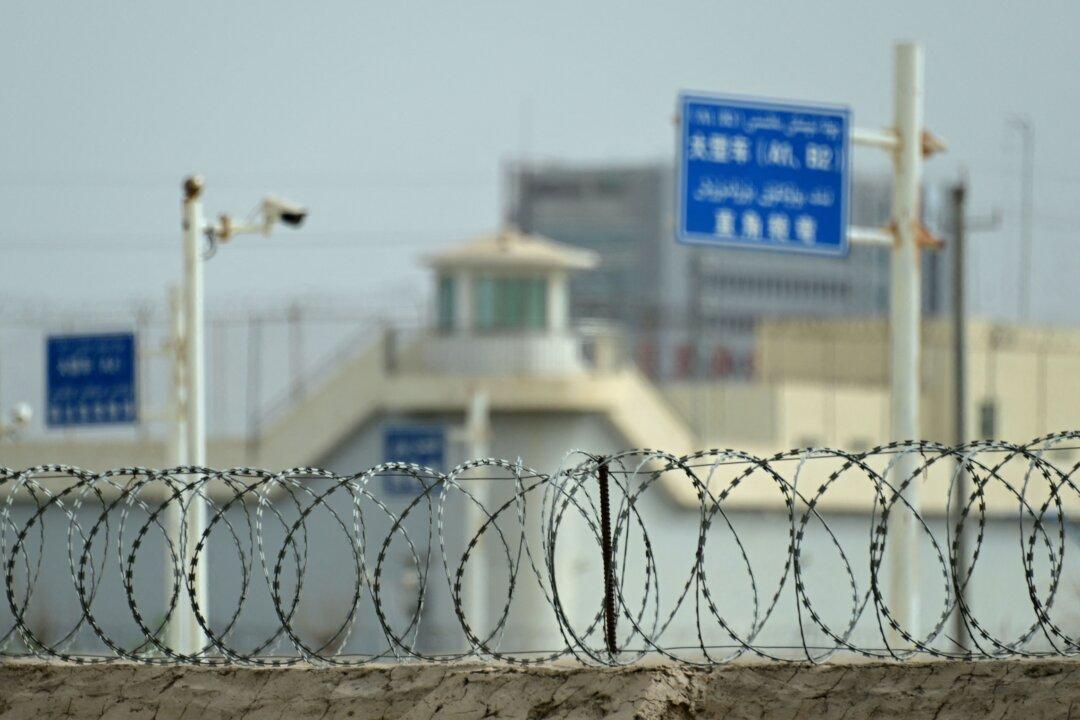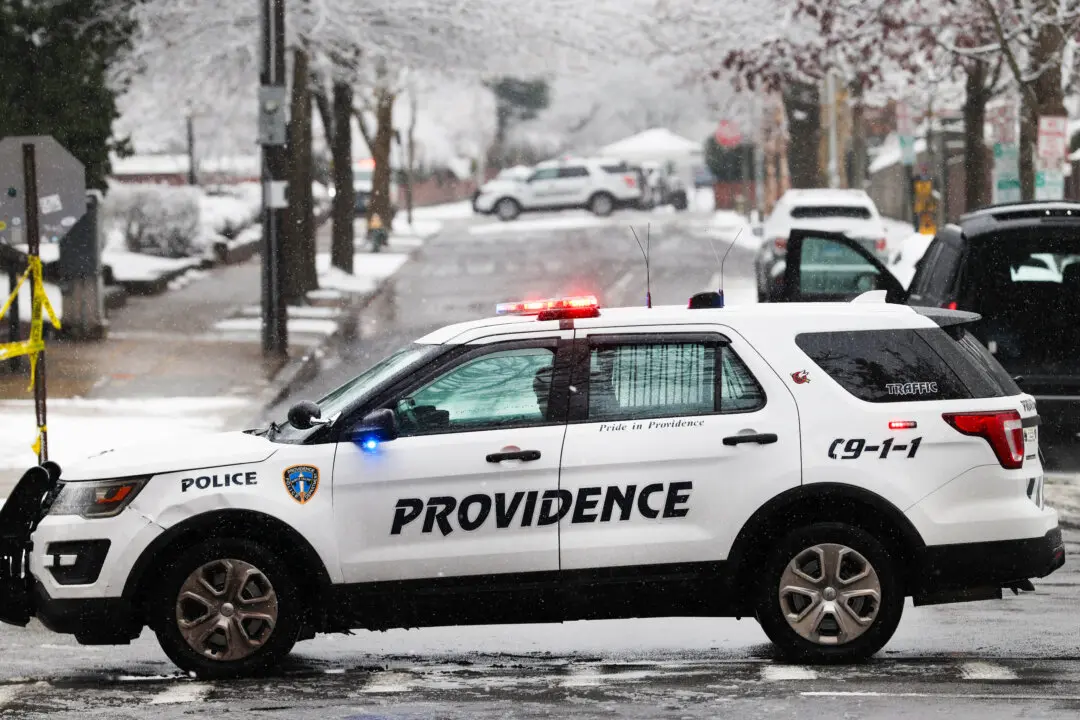Sri Lanka’s embattled president reportedly fled the island nation on a military jet on Wednesday amid mass protests calling for his resignation, ending his family dynasty that has dominated national politics for decades.
President Gotabaya Rajapaksa, along with his wife and two bodyguards, fled to Male—the capital city of the Maldives—after thousands of anti-government protesters stormed his house on Saturday.





